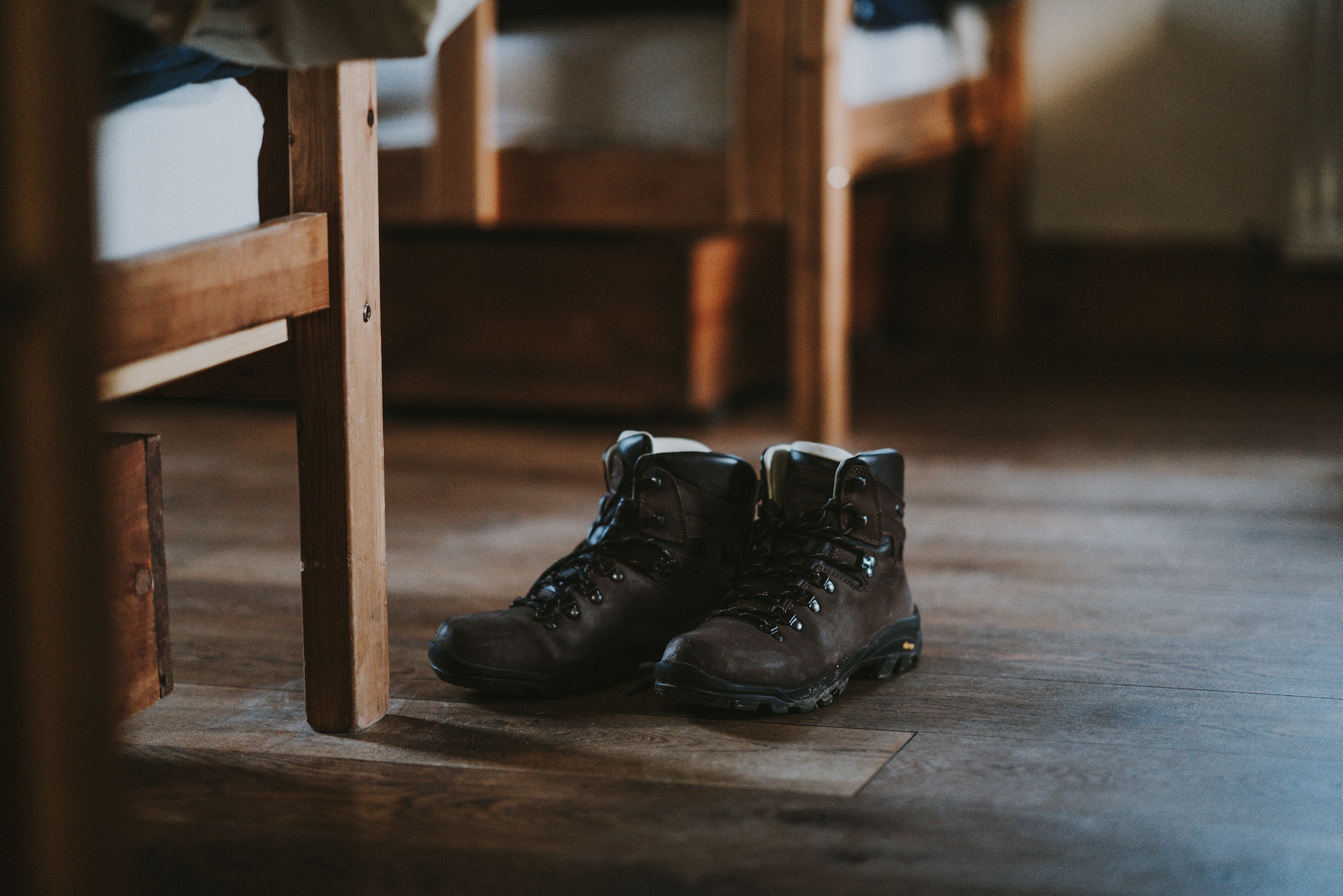Last updated on May 11th, 2023
When it comes to hiking, the right footwear can make all the difference in your experience. One of the most important aspects of hiking boots is the fit, and a common question that arises is whether your toes should touch in hiking boots.
In this blog post, we’ll explore the importance of proper fit, the issue of toe touching in hiking boots, and some lacing techniques that can help.
Should Your Toes Touch in Hiking Boots?
Proper fit is essential for any footwear, but especially for hiking boots. When it comes to the question of whether your toes should touch in hiking boots, the answer is that it depends.
While some people prefer a snug fit where their toes touch the front of the boot, others prefer a bit of wiggle room. It’s important to find what works best for you, as an improper fit can lead to discomfort, blisters, and even injuries.
What is the Importance of Proper Fit?
When it comes to footwear, finding the proper fit is essential. Whether you are purchasing a pair of sneakers for a workout or a pair of dress shoes for a formal event, wearing shoes that fit well can make a significant impact on your overall comfort, health, and well-being.
One of the most significant benefits of wearing properly fitting shoes is that they can help to prevent foot problems such as blisters, calluses, and corns. When shoes are too tight or too loose, they can rub against the skin and cause irritation, which can lead to painful and unsightly foot conditions.
Wearing shoes that fit well can help to prevent these problems and keep your feet healthy and comfortable.
In addition to preventing foot problems, properly fitting shoes can also help to prevent injuries. Shoes that are too loose can cause your feet to slide around inside the shoe, which can lead to ankle sprains and other injuries.
On the other hand, shoes that are too tight can restrict your movement and make it difficult to maintain proper balance and stability.
Another benefit of wearing shoes that fit properly is that they can improve your posture and overall body alignment. When your shoes fit well, they provide support to your feet, which can help to align your spine and improve your posture. This can reduce the risk of back pain and other related problems.
Finally, wearing shoes that fit well can simply make you feel better. When your shoes fit properly, you don’t have to worry about discomfort or pain, which can be a distraction and make it difficult to focus on other things.
By wearing shoes that fit well, you can feel confident and comfortable, which can improve your overall mood and well-being.
What Are Some Lacing Techniques for Hiking Boots?

Hiking boots are an essential piece of gear for any outdoor enthusiast, but achieving a proper fit can be a challenge. One aspect of fitting that is often overlooked is the lacing technique used.
Lacing can have a significant impact on the fit and comfort of your boots, as well as how they perform on the trail. In this section, we will explore different lacing techniques for hiking boots, their impact on fit and comfort, and how to adjust them to prevent toe touching.
Techniques can affect the fit of hiking boots
When it comes to lacing your hiking boots, there are a variety of techniques you can use. Each technique has its own benefits and drawbacks, and the right one for you will depend on your foot shape, size, and personal preferences.
One of the most common lacing techniques is the traditional criss-cross pattern. This method is straightforward and easy to adjust, making it a popular choice for many hikers. However, it can sometimes cause pressure points or slippage in certain areas of the foot, which can lead to discomfort and blisters.
Another popular technique is the surgeon’s knot. This technique creates a secure, tight fit in the ankle and midfoot areas, which can be particularly useful for those with narrow feet. However, it may not be the best choice for those with wider feet, as it can cause constriction and discomfort.
Different lacing techniques for different foot shapes and sizes
To achieve the best fit in your hiking boots, it’s important to choose a lacing technique that suits your foot shape and size. For example, those with narrow feet may benefit from using the surgeon’s knot, while those with wider feet may prefer a variation of the criss-cross pattern that allows for more room in the forefoot.
Another factor to consider is whether you have a high or low arch. Those with high arches may benefit from using the loop lacing technique, which provides extra support and prevents the foot from sliding forward in the boot. Meanwhile, those with low arches may prefer the window lacing technique, which allows for more flexibility and a better fit in the midfoot area.
Adjust lacing to prevent toe touching
One common issue that hikers face is their toes touching the front of the boot, which can cause discomfort and even injury. To prevent this, it’s important to adjust your lacing technique as needed.
One technique for preventing toe touching is the heel lock lacing method. This technique involves creating a loop around the ankle area, which helps to secure the foot in place and prevent it from sliding forward.
Another technique is the toe cap lacing method, which involves leaving the top two eyelets unlaced and using the remaining eyelets to create a snug fit around the midfoot and heel.
In addition to these techniques, it’s also important to make sure your boots are the correct size and that you are wearing the right type of socks. Socks that are too thick or too thin can affect the fit of your boots and contribute to toe touching, so it’s important to choose socks that are appropriate for the conditions you will be hiking in.
Read about: How long should I wear hiking boots
Conclusion
In conclusion, the question of whether your toes should touch in hiking boots is a personal preference. However, the importance of a proper fit cannot be overstated.
Taking the time to find the right fit for your foot shape and size can make all the difference in your hiking experience, ensuring maximum comfort and minimizing the risk of injuries. And don’t forget to try out different lacing techniques to further customize the fit of your hiking boots.
FAQs
There should be about a finger’s width or half an inch of space between your toes and the front of your hiking boots to allow room for natural foot movements and prevent blisters.
If your hiking boots feel too tight in the toe box, you can try stretching them using a shoe stretcher or wearing them around the house with thick socks, or you can consider getting a different size or width that fits better.

Tyler Looney is an avid hiking enthusiast and the author of HikingBootsPros.com, a website dedicated to providing helpful insights and advice on choosing the best hiking boots. His expertise and passion for hiking have made him a valuable resource for both beginner and experienced hikers alike.

